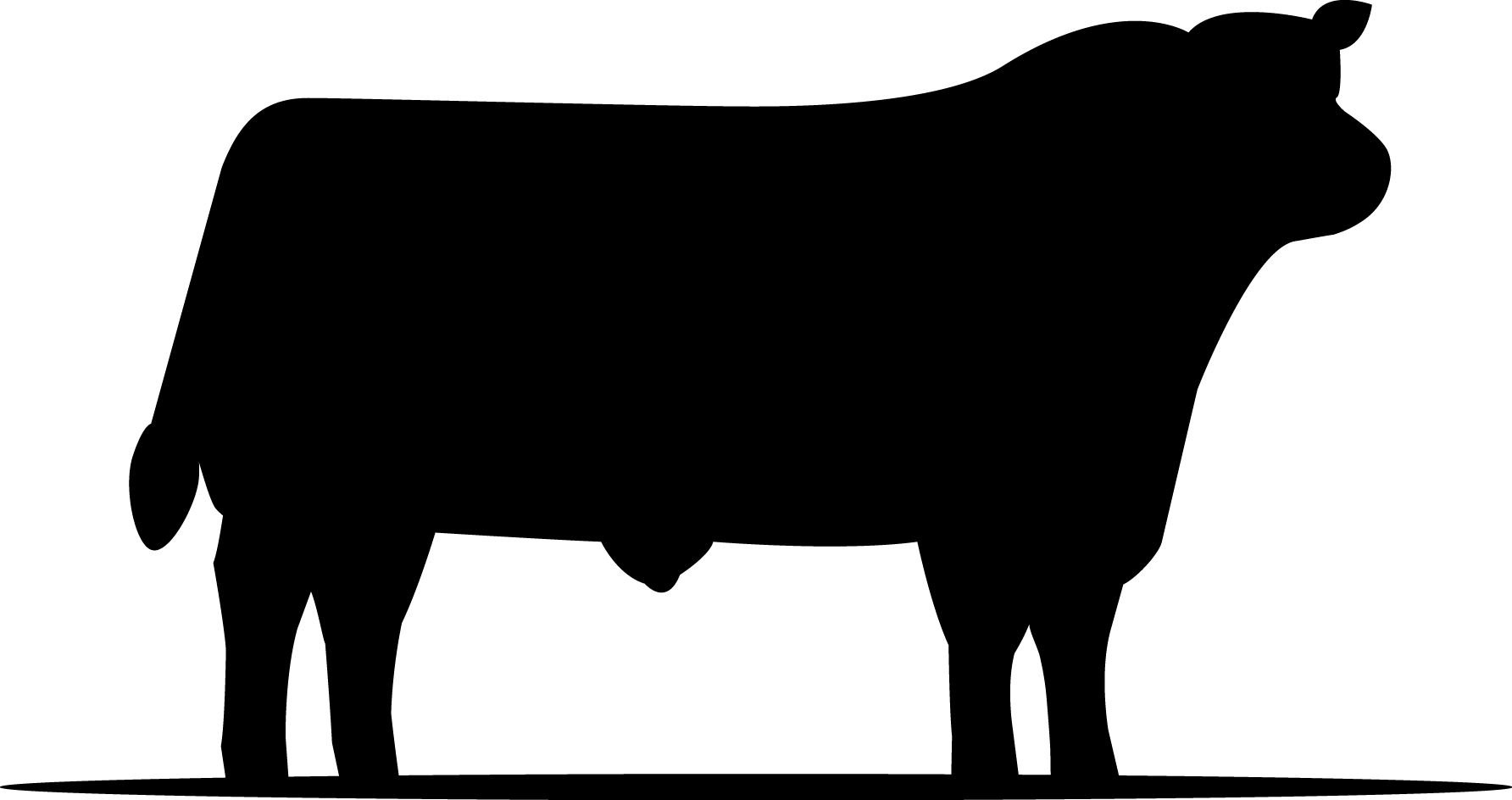Beef industry outlook for 2022
The demand for Aberdeen-Angus genetics is strong across the industry. Premium beef prices coupled with low production costs is seeing many suckler producers switching to our great breed. Dairy farmers too are seeing the advantage with the short gestation and easy calving traits getting cows into production without problems leading to increased milk yields. Aberdeen-Angus genetics are also increasing the dairy calf value to the dairy farmer, the calf rearers and the beef finisher. This in turn drives registrations of pure cattle as we see more breeders looking to supply these markets with top quality Aberdeen-Angus bulls.
With the breed offering a host of benefits to farmers and producers, the Aberdeen-Angus Cattle Society and its members are working hard to showcase what is on offer. For example, the pressure on the industry to mitigate carbon is only getting stronger. This has led the Society to look to understand and promote the advantages of Aberdeen-Angus genetics in relation to carbon footprints.
Aberdeen-Angus are also well known for having lower input costs compared to other popular breeds in the UK. Their ability to fatten easily off grass coupled with hardiness makes them the perfect choice in areas prone to challenging weather. These traits in turn can also reduce the time period they need to be housed during winter, or not at all where ground conditions permit- further reducing costs. All important considerations when profitably rearing beef cattle.
Changing agricultural polices
Agriculture is facing a period of uncertainty with the speculation in England around exactly what the Environmental Land Management (ELM) schemes and the Sustainable Farming Incentive (SFI) will have in store for them in the coming months and years whilst farmers in the devolved nations are waiting to see policy finalised. We know that with the environment either being or likely to be the focus of these schemes, Aberdeen-Angus is well placed to provide a more efficient cattle herd supporting industry resilience in the face of these changes. Again, the Society is looking to build more evidence around this to aid future marketing.
Don’t eat less, eat better
While we support the government’s efforts to mitigate carbon emissions from our industry, we believe it is important for consumers to understand that eating less red meat is not the answer. Consumers need to be eating higher quality, locally produced UK beef as part of a balanced sustainable diet.
Producing environmentally friendly beef
Aberdeen-Angus cattle are one of the most sustainable beef breeds. They demonstrate good growth rates on natural forage diets and therefore finish faster reducing the methane output per kilo of beef produced. The breed typically requires little additional concentrates during their lifetime. This further reduces the farm carbon footprint from manufacturing and transporting of bought in feed.
Taking all the above factors into account, I’m really excited for the future of the breed. It looks extremely positive, and we have a fantastic foundation to continue to build the popularity of the breed.
If you are looking to transition your farm into rearing Aberdeen-Angus cattle or are interested in introducing Aberdeen-Angus genetics into your herd, please contact us at https://www.aberdeen-angus.co.uk/contact-us/ and work with us to produce beef fit for the future.



